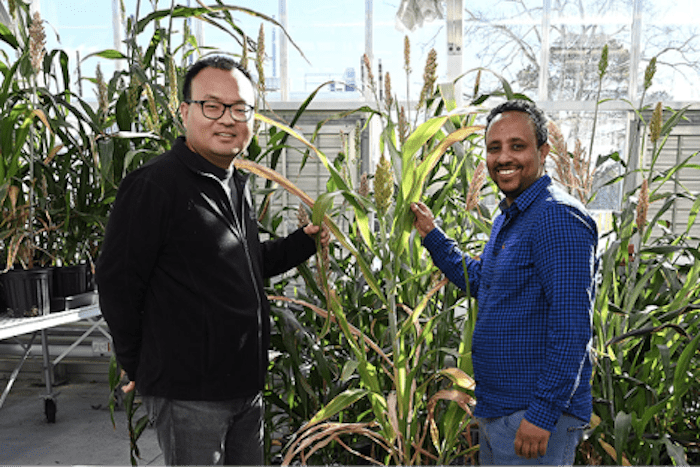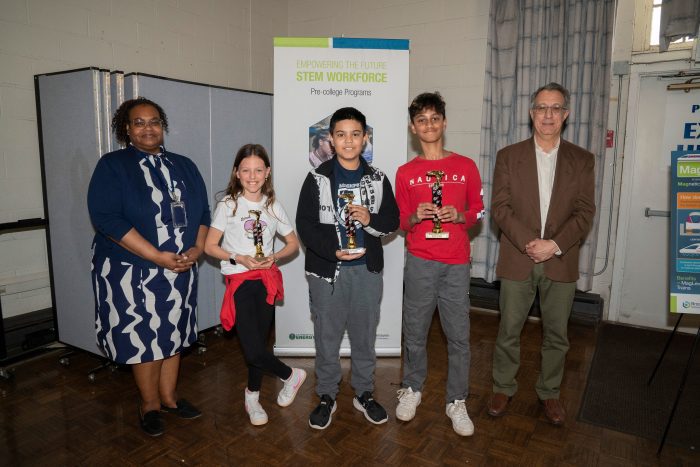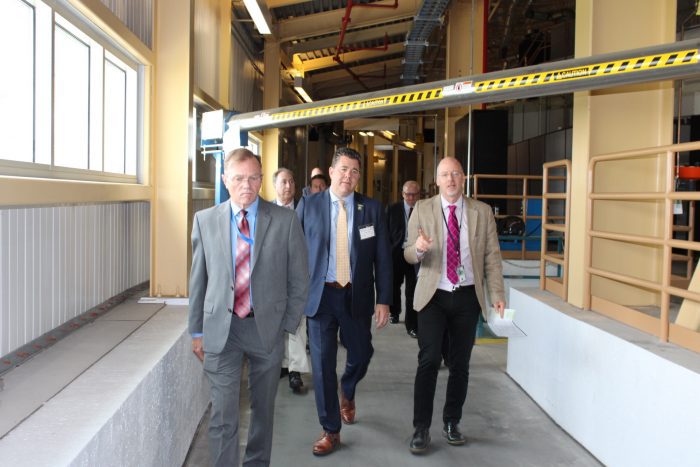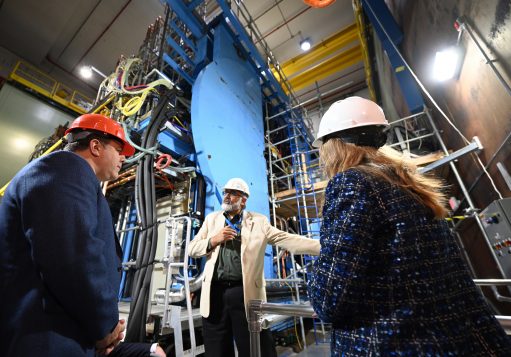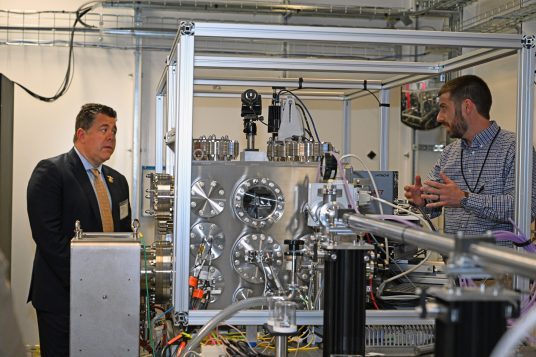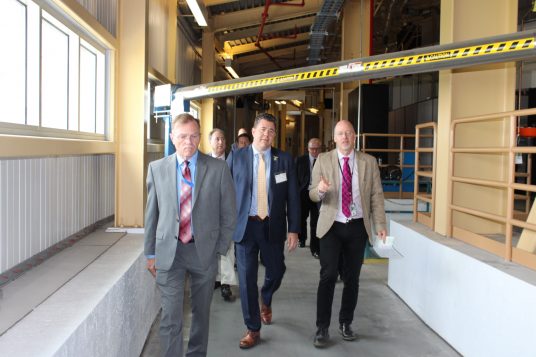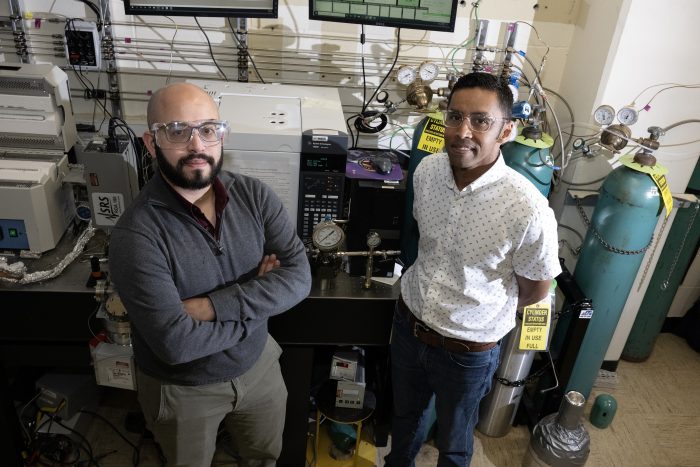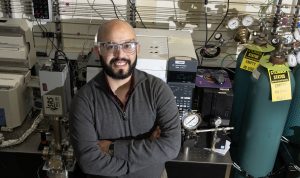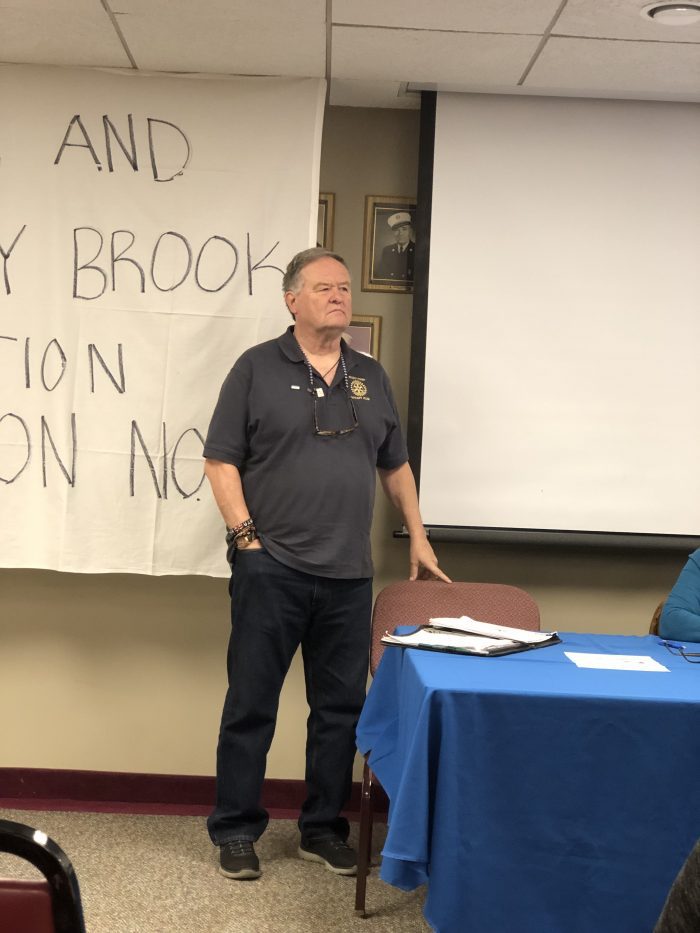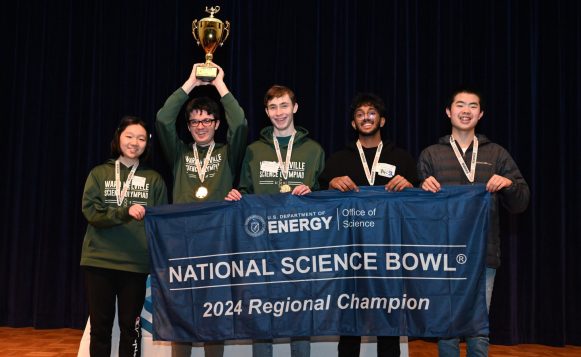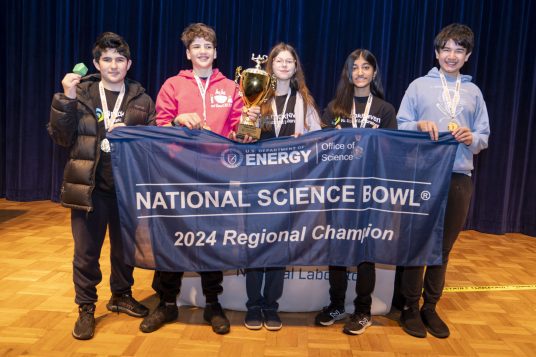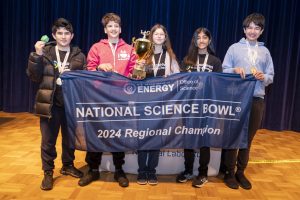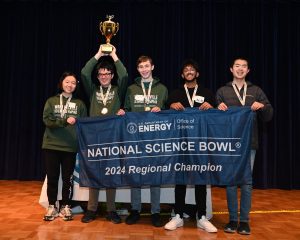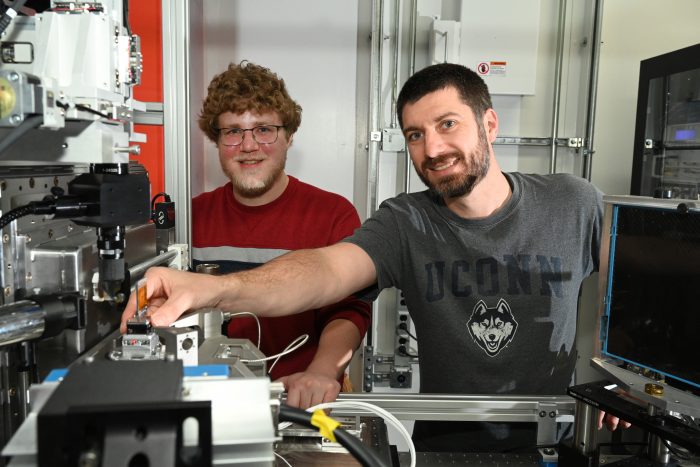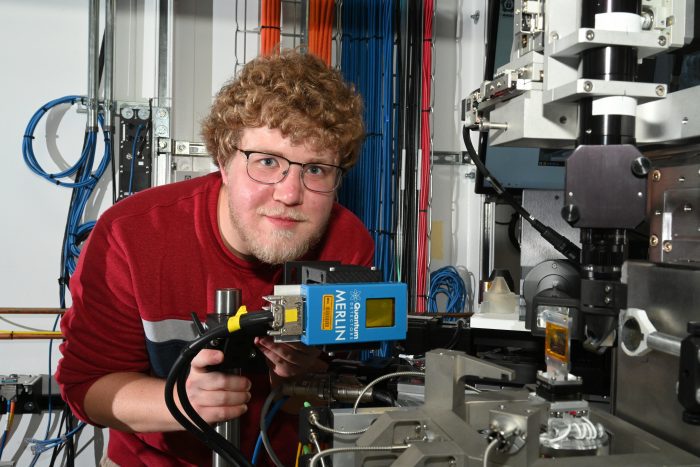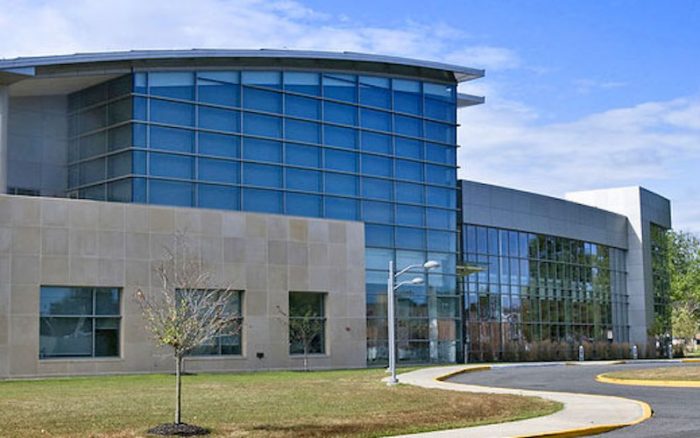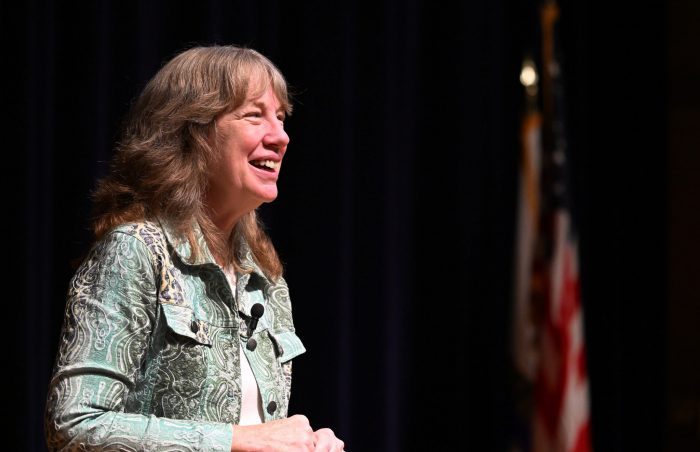By Daniel Dunaief
A traffic light turns green and a driver can make a left turn. Similarly, plants on one path can change direction when they receive a particular signal. In the case of the sorghum plant, the original direction involves growth. A series of signals, however, sends it on a different trajectory, enabling the plant to flower and reproduce, halting the growth cycle.
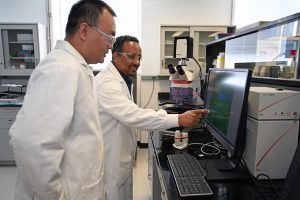
Understanding and altering this process could allow the plant to grow for a longer period of time. Additional growth increases the biomass of this important energy crop, making each of these hearty plants, which can survive in semiarid regions and can tolerate relatively high temperatures, more productive when they are converted into biomass in the form of ethanol, which is added to gasoline.
Recently, Brookhaven National Laboratory biologist Meng Xie teamed up with Million Tadege, Professor in the Department of Plant and Soil Science at Oklahoma State University, among others, to find genes and the mechanism that controls flowering in sorghum.
Plants that produce more biomass have a more developed root system, which can sequester more carbon and store it in the soil.
The researchers worked with a gene identified in other studies called SbGhd7 that extends the growth period when it is overexpressed.
Validating the importance of that gene, Xie and his colleagues were able to produce about three times the biomass of a sorghum plant compared to a control that flowered earlier and produced grain.
The plants they grew didn’t reach the upper limit of size and, so far, the risk of extensive growth that might threaten the survival of the plant is unknown.
Researchers at Oklahoma State University conducted the genetic work, while Xie led the molecular mechanistic studies at BNL.
At OSU, the researchers used a transgenic sorghum plant to over express the flowering-control gene, which increased the protein it produced. These plants didn’t flower at all.
“This was a dramatic difference from what happens in rice plants when they overexpress their version of this same gene,” Xie explained in a statement. “In rice, overexpression of this gene delays flowering for eight to 20 days — not forever!”
In addition to examining the effect of changing the concentration of the protein produced, Xie also explored the way this protein recognized and bound to promoters of its targets to repress target expression.
Xie did “a lot of molecular studies to understand the underlying mechanism, which was pretty hard to perform in sorghum previously,” he said.
Xie worked with protoplasts, which are plant cells whose outer wall has been removed. He inserted a so-called plasmid, which is a small piece of DNA, into their growth medium, which the plants added to their DNA.
The cells can survive in a special incubation/ growth medium, enabling the protoplasts to incorporate the plasmid.
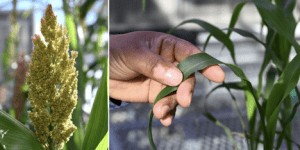
Xie attached a small protein to the gene so they could monitor the way it interacted in the plant. They also added antibodies that bound to this protein, which allowed them to cut out and observe the entire antibody-protein DNA complex to determine which genes were involved in this critical growth versus flowering signaling pathway.
The flowering repressor gene bound to numerous targets.
Xie and his BNL colleagues found the regulator protein’s binding site, which is a short DNA sequence within the promoter for each target gene.
Conventional wisdom in the scientific community suggested this regulator protein would affect one activator gene. Through his molecular mechanistic studies, Xie uncovered the interaction with several genes.
“In our model, we found that [the signaling] is much more complicated,” he said. The plant looks like it can “bypass each [gene] to affect flowering.”
Regulation appears to have crosstalk and feedback loops, he explained.
The process of coaxing these plants to continue to grow provides a one-way genetic street, which prevents the plant from developing flowers and reproducing.
These altered plants would prevent any cross contamination with flowering plants, which would help scientists and, potentially down the road, farmers meet regulatory requirements to farm this source of biomass.
Ongoing efforts
The targets he found, which recognize the short sequence of DNA, also appears in many other flowering genes.
Xie said the group’s hypothesis is that this regulator in the form of this short sequence of DNA also may affect flowering genes in other plants, such as maize and rice.
Xie is continuing to work with researchers at OSU to study the function of the numerous targets in the flowering and growth processes.
He hopes to develop easy ways to control flowering which might include spraying a chemical that blocks flowering and removing it to reactive reproduction. This system would be helpful in controlling cross contamination. He also would like to understand how environmental conditions affect sorghum, which is work he’s doing in the lab. Down the road, he might also use the gene editing tool CRISPR to induce expression at certain times.
Honing the technique to pursue this research took about four years to develop, while Xie and his students spent about a year searching for the molecular mechanisms involved.
Rough beginning
Xie departed from his post doctoral position at Oak Ridge National Laboratory in March of 2020, when he started working at BNL. That was when Covid altered people’s best-laid plans, as he couldn’t come to the lab to start conducting his research for about six months.
Born in Shanxi province in China, Xie and his wife Jingdan Niu live in Yaphank and have a two-year old son, Felix Xie.
When he was growing up, Xie was interested in math, physics, chemistry and biology. As an undergraduate in Beijing, Xie started to learn more about biology and technology, which inspired him to enter this field.
Biotechnology “can change the world,” Xie said.

